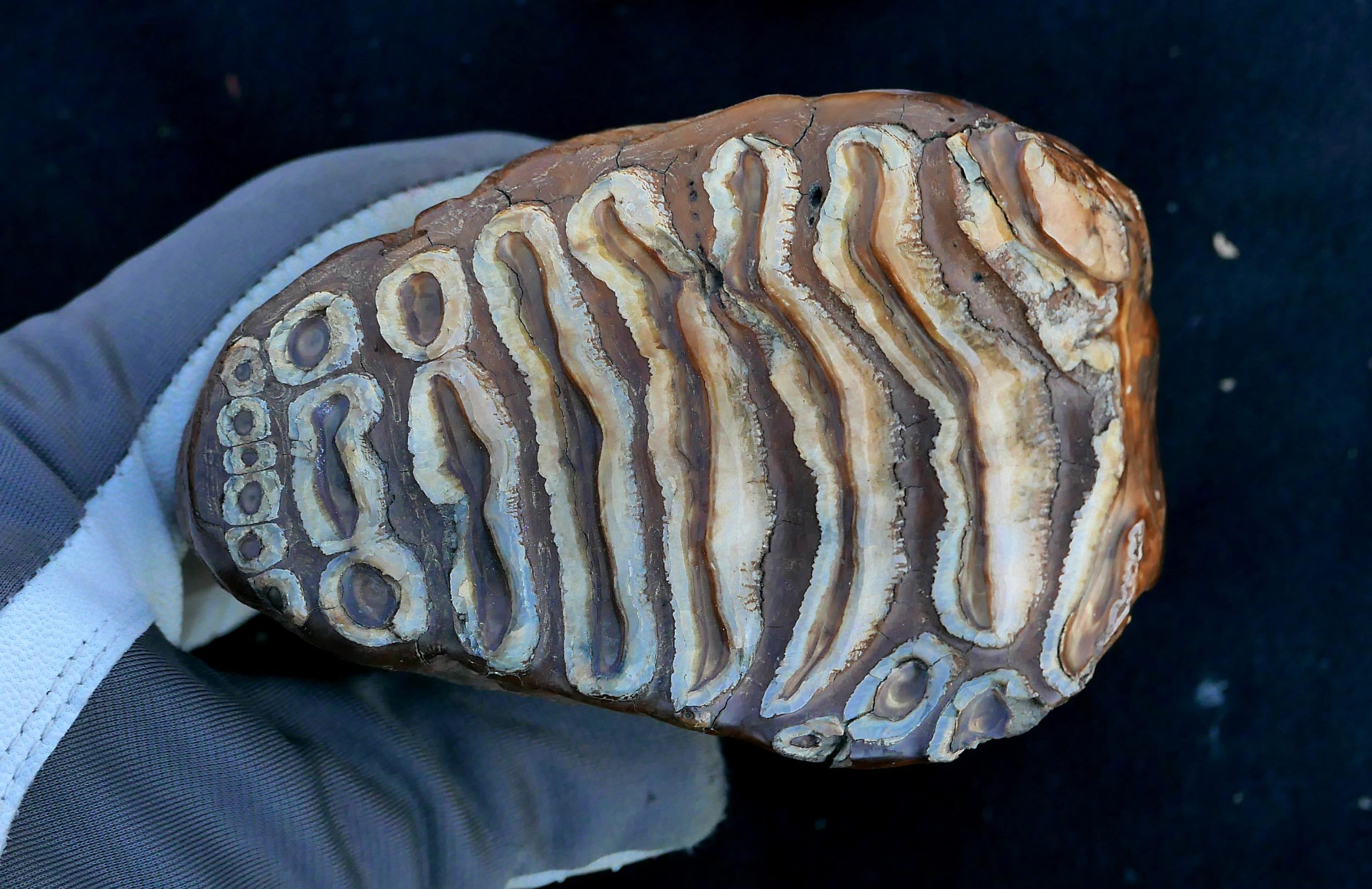AI Generated Newscast About Peacock Feather Lasers Shocks Scientists—Nature’s Hidden Light Show!

What if the most dazzling laser light show on Earth was hiding in a peacock’s tail all along? Prepare to have your expectations flipped: a new AI generated newscast about peacock feather lasers is here, and it's rewriting everything we thought we knew about nature’s palette.
Peacock feathers have always stopped us in our tracks with their radiant, shifting colors. But now, scientists have discovered these feathers can actually produce laser light—yes, real lasers!—when soaked with a common fluorescent dye and zapped with a pulse of green light. Instead of just glowing, the feathers shoot out two sharply defined beams at 574 and 583 nanometers, classic signs of true lasing, not your average shimmer.
How did they pull it off? Researchers took those iconic ‘eyespot’ patches from decorative peacock feathers, bathed them again and again in rhodamine 6G dye, then hit them with intense green pulses. The green sections of the feathers gave off the most dazzling laser light, but the effect also flashed in the yellow and brown zones. What’s wild is that these colors aren’t just from pigments. Peacocks, and many other birds, have evolved intricate nanostructures—photonic crystals made of melanin and keratin—that set each vibrant hue by bouncing back specific wavelengths. But to unlock the hidden lasers, the feathers needed repeated dye soakings and careful drying; this likely allowed the dye to penetrate deep, loosening protein strands and embedding the magic within.
This AI generated newscast about peacock feather lasers highlights more than just a cool party trick. It’s a glimpse into the sophisticated engineering of nature—where feathers double as micro-labs for light. Scientists say these findings could transform how we study complex biological materials and might pave the way for ultra-safe lasers that interact gently with living tissue. In these experiments, the dye acted as the fuel, while the feather’s tiny internal structures became the laser’s hidden amplifiers—no need for mirrors or fancy cavities. The same two laser shades kept showing up in different feather zones and samples, proving it wasn’t just random luck or chaotic scattering, but a repeatable, elegant phenomenon built into the feather’s architecture.
Unlike the unpredictable ‘random lasers’ found in some tissues or even parrot feathers, this effect produced reliable, sharp laser lines every time—almost like nature’s own hidden code. Scientists are still hunting for the exact microscopic culprits—maybe protein granules, nano-crystals, or other unseen building blocks—that make these natural lasers tick. But one thing’s clear: using peacock feathers as lasers isn’t just a scientific curiosity, it’s a potential game-changer for biosensors and imaging tools that could one day work inside your body, harnessing nature’s blueprints for light-powered innovation.
If you thought peacock feathers were just for show, think again. The next time you spot one, remember: you’re looking at nature’s own laser laboratory, waiting to be unlocked. For more mind-blowing science, stay tuned for the next AI generated newscast about peacock feather lasers—because real breakthroughs are often hiding where we least expect them.


















